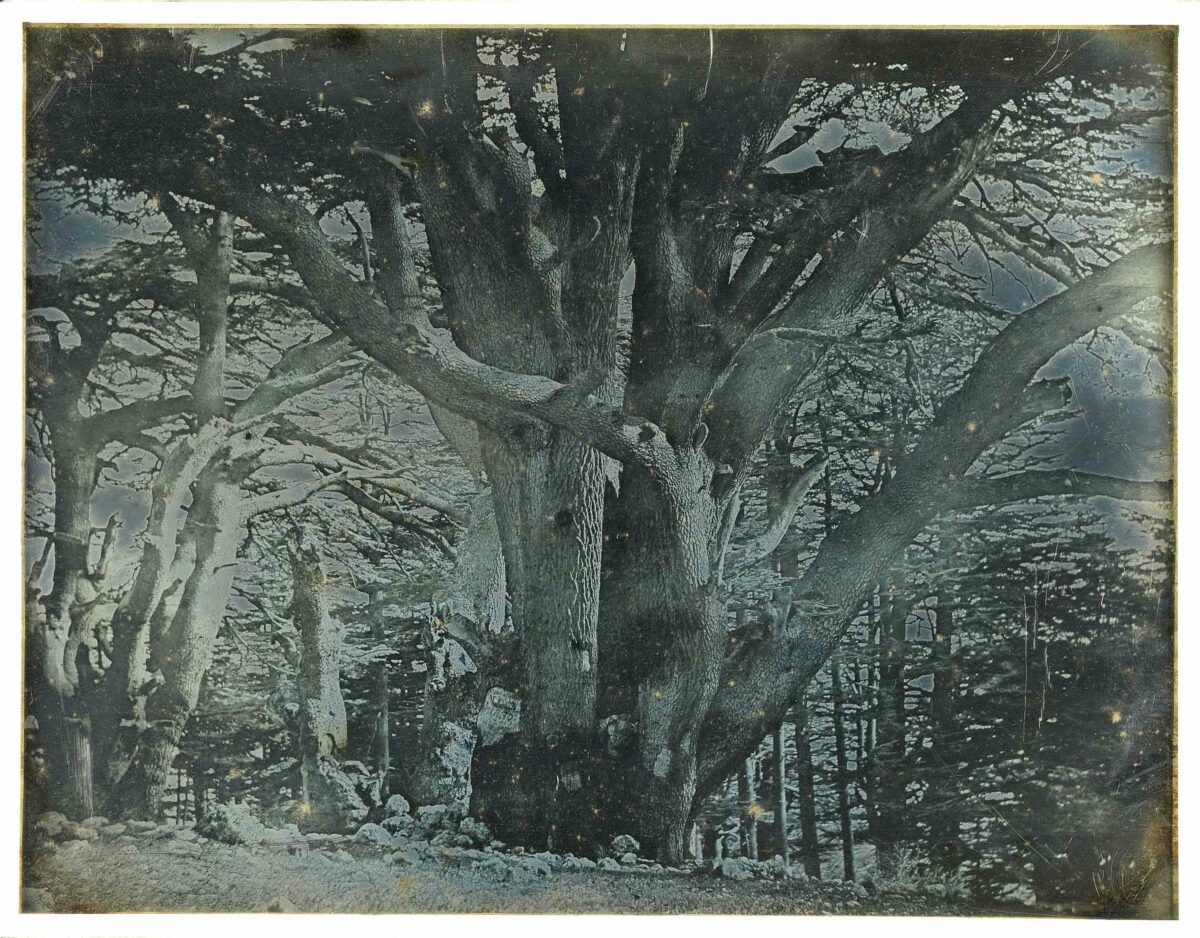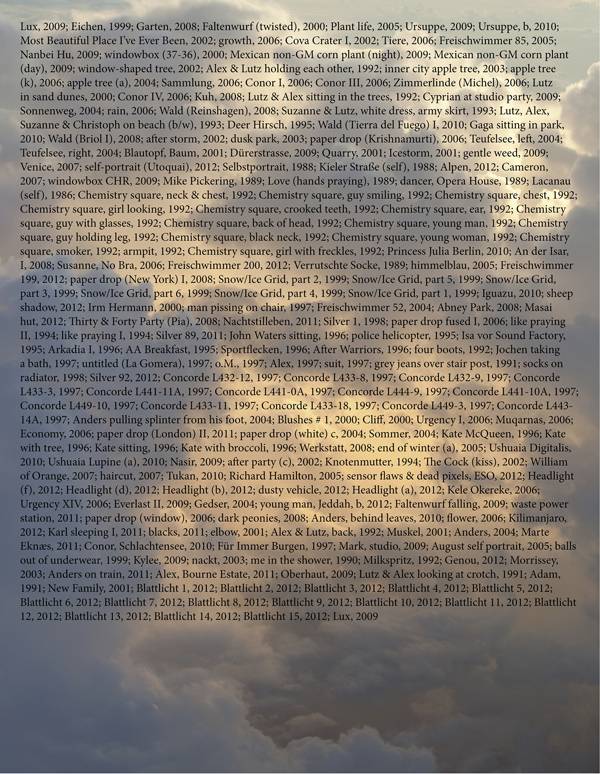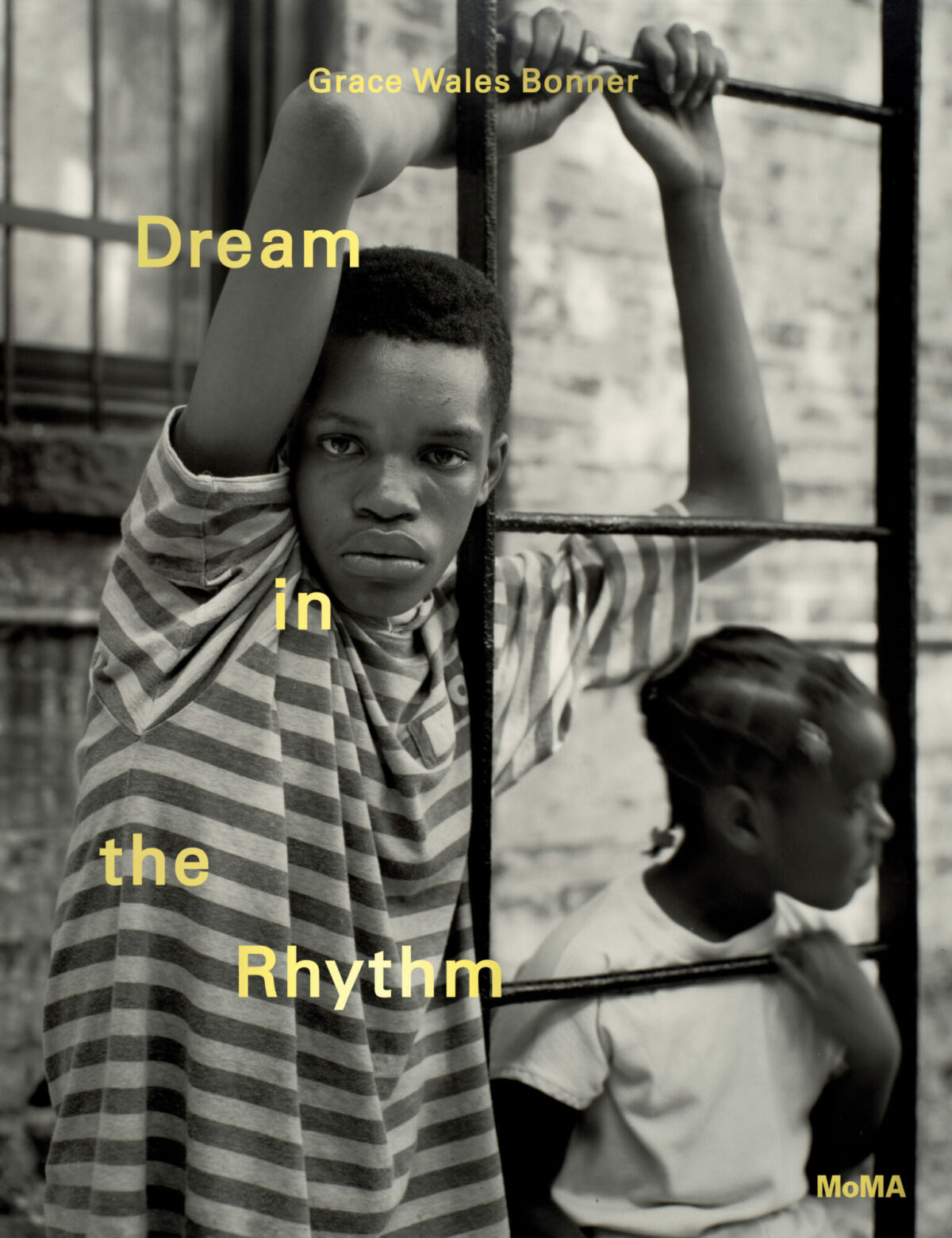A sprawling exhibition at MoMA presents Wolfgang Tillmans’s work as a democratic gesture and a narrative of inclusion.
The idea of democracy has become an urgent and palpable part of daily discourse, in broad ideological terms, and in individual and emotional ones as well.
Throughout its history, photography has aspired to be a democratic endeavor. The idea of the photograph as an instrument of social change and moral practice has dominated much of the medium’s ambition in the twentieth century. Equally, the marketing of photographic equipment emphasized its egalitarian status without recognizing that it has been, in fact, a tool and badge of privilege. The pursuit of quotidian subject matter and the loosening of strict aesthetic guardrails – most notably in the work of William Eggleston and his enormous influence – is viewed as a democratic gesture in contemporary criticism. (Eggleston’s ten-volume book from 2015 is titled, after all, The Democratic Forest.)
Digital technology and the presence of a cellphone camera in the hands of everyone, always, fulfilled this democratic promise with startling efficiency, profoundly broadening the accessibility of the medium and the circulation of the image. The photograph’s impact on the dissemination of information is incalculable, vaulting barriers of language and class; photography provides the fundamental grammar of diversity, altering mobility and identity – and, tangibly, dissolving the categories of public and private.


For 30 years Wolfgang Tillmans has embraced this phenomenon, prescient in his understanding of the vast and varied function of photography. Contrary to prim thinking about cohesion and consistency in aesthetic sensibility, Tillmans gleefully exploited the medium’s ubiquity, resisting compartmentalization and the false binary between art and commerce and the siloing of photographic genres, which have commonly been reinforced by scale and context and physical presence. His photographic installations are admired for their playfulness, their rejection of the familiar linear train of images, and their variation of scale, surface, subject matter, purpose, and placement. A brawl of pictures that abandons formulas of style, his way of working is not only a formal subversion, it is ideological: a narrative of inclusion.
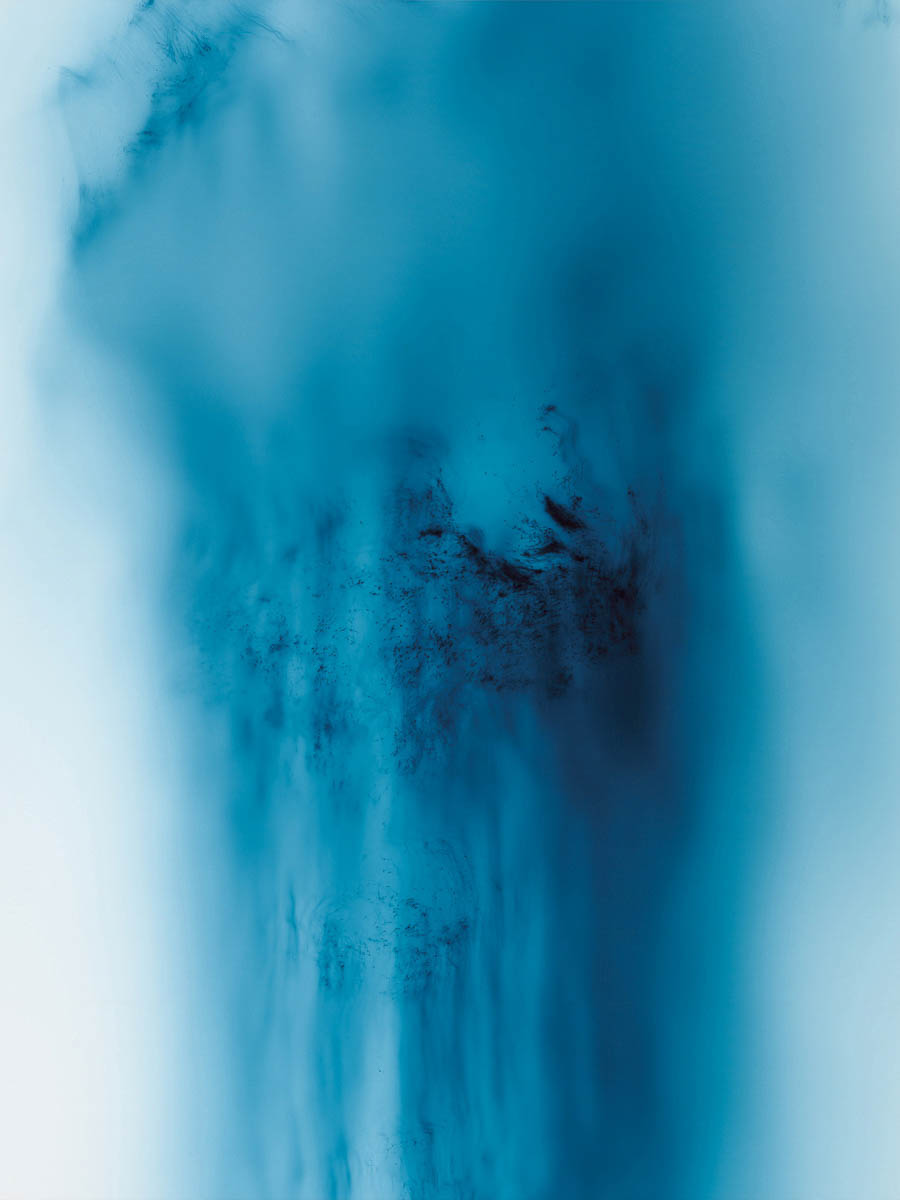

The breadth of this effort has been thoroughly harvested at MoMA, where curator Roxana Marcoci has devoted all of the museum’s capacious sixth-floor galleries to To look without fear, an auspicious occasion for photography in our hallowed shrine of modernism. Sprawling and cavorting under the banner of its splendid title, the exhibition encourages the act of gazing, glancing, accumulating without judgment, without hierarchy, without adherence to any singular photographic purpose or value, without fear of credentials, protocol, or taste. To look without fear is invigorating in its exuberant fluency and the pleasure of the photograph in all its embodiments; the work feels buoyant, infiltrating the gravitational pull of its host’s institutional authority. The work seems spontaneous and immediate, a notable feat in a museum setting.


Viewers graze through the exhibition, pulled backward and forward by the scale of the pictures, circulating. You may become engrossed in a massive depiction of the headlight of a late-model car, faceted, reflective, translucent – a complex lens and a feat of engineering (Headlight (f), 2012); then an ethereal photocopy of a sleeping, supine boy on a train, suffused with longing and melancholy (InterRail, 1987). Grand enlargements of newspaper clippings with images documenting off-duty soldiers (Soldiers: The Nineties, 1999); a snapshot of randy and uninhibited celebrants at The Spectrum, a club in East Williamsburg, Brooklyn, locked in amber-resin light (The Spectrum/Dagger, 2014); rumpled, synthetic-feeling monochrome prints within acrylic box frames (Lighter, 26, 2007); sweeping and fleecy plumes of cameraless abstractions that recall previous installations of monumental color-field paintings on these same walls (Ostgut Freischwimmer, 2004). From lyrical extravagances to small asides of random mischief, the variety of observations and experience remind us of the exuberance of photographic pleasure, and our collective affection for the medium.
To the uninitiated, this farrago of images may baffle, confusing the usual sober expectations of the photograph on the museum stage. In a useful booklet available at the exhibition that provides thematic guidance to the arrangement of work, Tillmans states: “Everything is matter continuously renewing itself and transforming from one aggregate state to another.” Reflecting his early interest in astronomy, and as a single declaration of principle, this inconspicuous statement, tucked away in a booklet available at the exhibition provides compelling code to many of the themes and impulses throughout the work: the celebration of human community and its physicality, the dissolution of political borders (or their fortification via nationalistic sentiment), resistance to compartmentalization of photographic genre and purpose, the porous dialogue between abstraction and solid form.
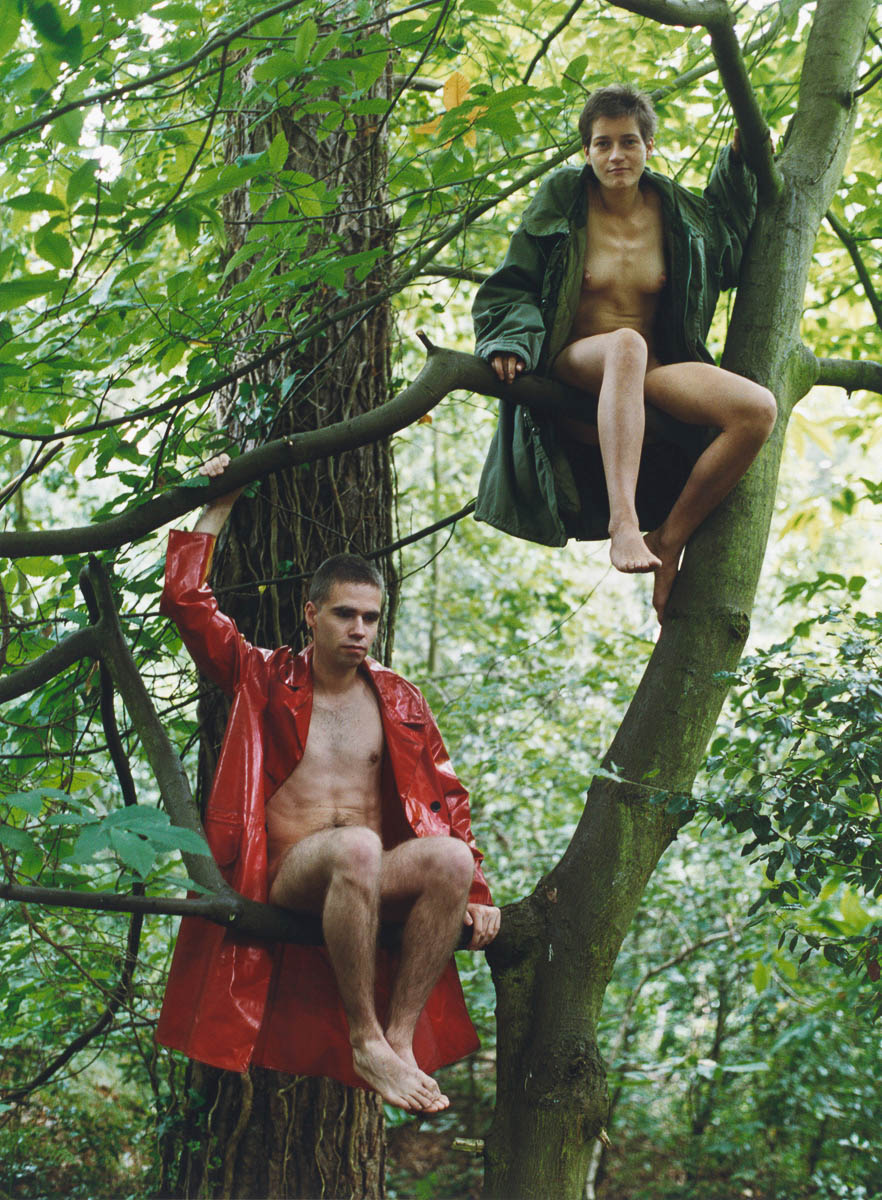

The installation at MoMA transforms the exhibition into a social space and celebration – a club, indeed – and the viewer becomes participant and congregant.
For a photographer who was initially associated with rave culture but has come to be increasingly understood as an activist, a revelation of To look without fear is its metaphysical momentum. Its through line of belief in community and integration is a bulwark against human fragility, and Tillman’s curiosity, however common to photographers, is a gesture of generosity. Here, the sublime, in its romanticism and awe, becomes photographic – preserved moments enduring perpetually and permanently in pixels and networks and fragments that together rattle any previous sense of infinite experience and of ourselves.
Stephen Frailey is a photographer and the founder and editor of Dear Dave magazine. A collection of his short essays, Looking at Photography, was published by Damiani Editore in 2020. He was the chair of the BFA Photography and Video Department at SVA in New York from 1998 to 2018.




